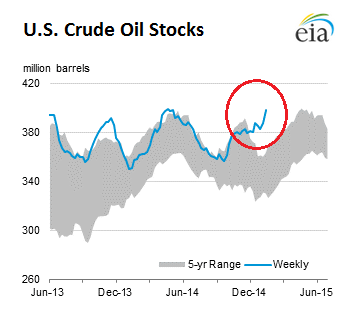Many investors hate the idea of getting rich slowly in the stock market. I know this to be true because it happened to me when I just started out investing seriously in 1990. Everyone I knew in the market wanted to get rich quickly so why should I be the fool and opt to get rich slowly? Back then, the stock market was booming and many millionaires were made every month.
Unfortunately, the good times did not last very long and the stock market broke in 1997. Stocks fell like a stone, the decline sharply accelerated by the financial storm that engulfed the country.
When I began to turn my financial life around, it dawned to me that trying to get rich quickly was NOT the right strategy to employ investing in the stock market. This was because the “get rich quickly” mentality caused me to do irrational things that would ultimately lead me to lose a lot of money in the stock market.
Important Reasons For Getting Rich Slowly In The Stock Market.
1) In The Long Term, Stocks Produce Good Returns
They may fluctuate in the short term, and make us emotional about investing, sometimes they may even decline by 30%-50% in a single year, but historically, they yield an average annual investment return of 10%.
2) Eliminating Emotions When Investing In The Stock Market
Emotions (greed and fear) can do a lot of damage to your portfolio if you are on the wrong side of the trade. It can cause you to hold on to a stock that is dropping much longer than you should and sell away a rising stock much earlier than you should.
In short, emotions can be a very destructive force when you attempt to get rich quickly in the stock market. But when you decide to get rich slowly, emotional investing lose much of its destructive power over you because you are looking at a 10 year, 20 year even 30 year horizon.
3) Treating Stock Investing Like A Business
When you decide to get rich slowly, you are treating stock investing like a business. Does a business owner aim to make millions overnight, a few weeks or a few months? Definitely not! Only a gambler has such ideas.
A business owner invest for the long-term; making money slowly and steadily. People who enjoy success in the stock market say that is how stock investing should be operated, much like a real business!
4) Less Market Risk
When you decide to get rich slowly rather than quickly, you tend to reduce your market risk. You also have more time to look for a stock, plan your trade and conduct proper analysis and evaluation. All this actions will help towards reducing your market risk – risk of picking a bad stock, risking of making a bad trade, etc.
How To Get Rich Slowly In The Stock Market?
1) Keep To Investing, Not Trading
Keeping to investing, instead of trading, is one sure way to get rich slowly and steady in the stock market.
When I began to turn my financial life around, it occurred to me that trying to trade and time the market and hoping to get rich quickly was NOT the right strategy to apply in the stock market. The only sure way of winning is by investing long term and to get rich slowly.
2) Buy Fundamental Good Stocks, Keep For The Long-Term
Buy fundamental good stocks that you want to keep for 10 years, 20 years or even 30 years in horizon. If you cannot keep the stock for such a long period, forget about buying it. You will probably NOT benefit from holding the stock because however good the business, they will need a long time to grow and prosper.
3) Practice Dollar Cost Averaging Strategy
No one can predict where the market is going at any given time, so why even try? Putting ALL your money in an investment all at once – thinking it will only go up – can be a very risky idea.
By buying a fixed dollar amount on a regular schedule, your focus is on accumulating assets on a regular basis, instead of trying to time the market.
With dollar cost averaging, you take a lot of the emotions out of investing because where the market goes in the short-term is far less important to you, as long as you stick to a regular investment plan.
Conclusion
The get rich slowly investing strategy is a strategy that is ideal for investors with a lower risk tolerance and someone who has a long-term investment horizon. This strategy also makes the most sense when used over a long period time with investments that are volatile and unpredictable in nature, such as stocks, Exchange Traded Funds or mutual funds.




















